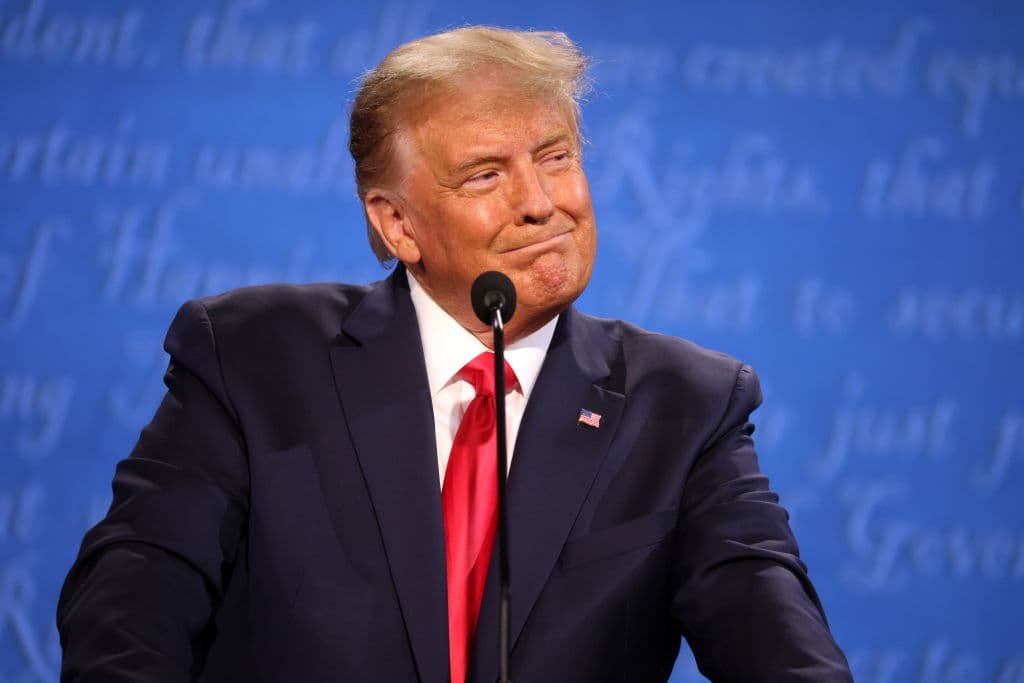Why Trump Is Great for Democracy
The 45th president gets people out to vote, driving turnout for Republicans and Democrats alike.

Pauline Kael knew she wasn’t a representative American.
Please check your email.
A verification code has been sent to
Didn't get a code? Click to resend.
To continue reading, please select:
Enter your email to read for FREE
Get 1 FREE article
Join the Sun for a PENNY A DAY
$0.01/day for 60 days
Cancel anytime
100% ad free experience
Unlimited article and commenting access
Full annual dues ($120) billed after 60 days
